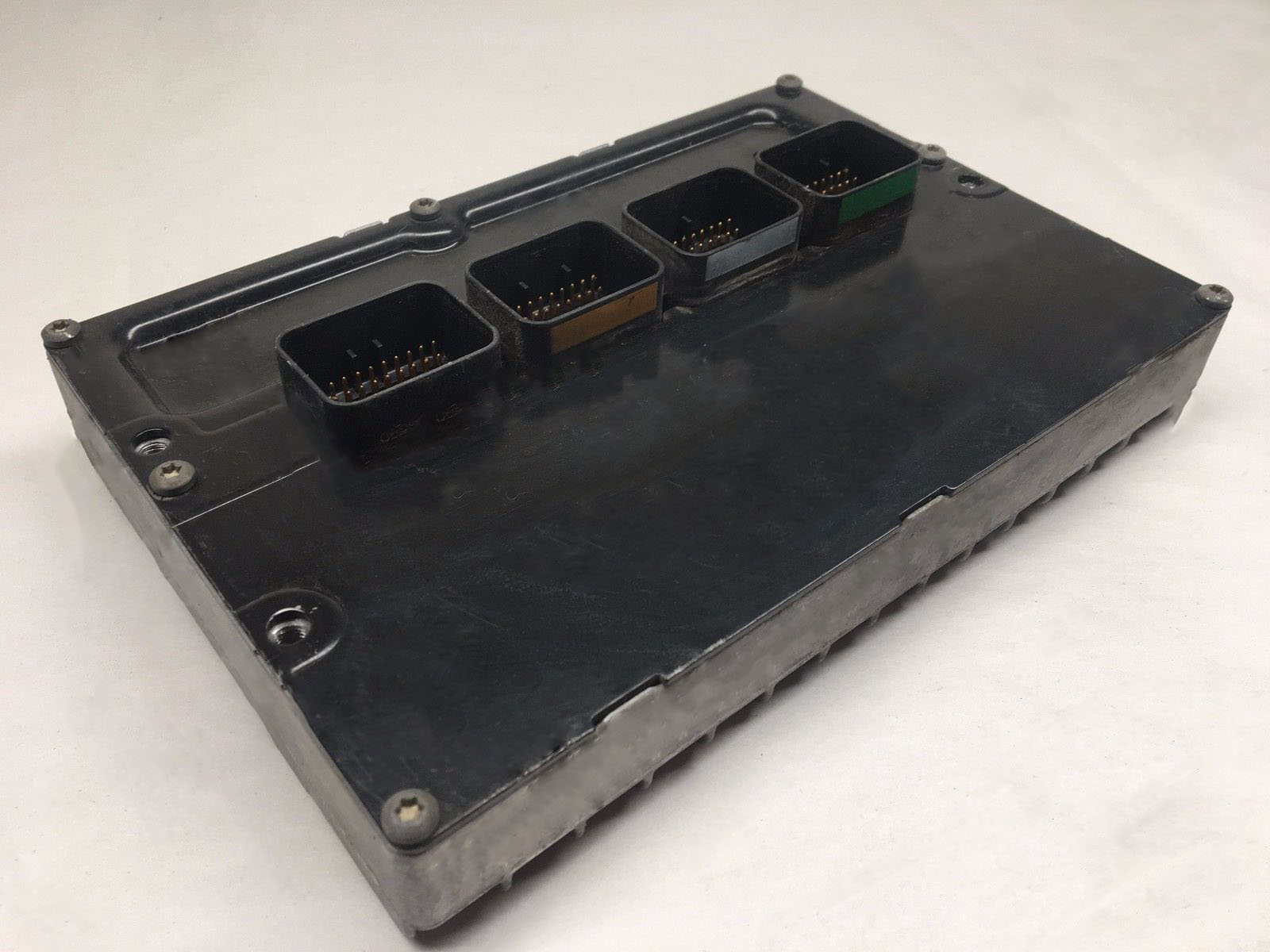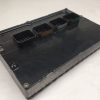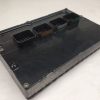Is Your 2009-2010 Jeep Commander or Grand Cherokee Running Rough?
There’s nothing more frustrating than an unreliable vehicle. If your Jeep Commander or Grand Cherokee with the 3.7L engine is suddenly stalling, misfiring, showing a persistent check engine light, or refusing to start altogether, the problem might not be a simple sensor or spark plug. The Engine Control Module (ECM), the central computer of your vehicle, could be the culprit. This critical component manages everything from fuel injection and ignition timing to emissions controls and transmission shifting. When it fails, it can cause a cascade of confusing and difficult-to-diagnose issues, leaving you stranded and facing a potentially expensive trip to the dealership.
From the Diagnostic Bay
We had a 2010 Grand Cherokee 3.7L come into the shop with a very erratic idle and intermittent stalling. The owner had already replaced the spark plugs, ignition coils, and even the crankshaft position sensor, but the problem persisted. The check engine light would come on with a random misfire code (P0300) that couldn’t be traced to a specific cylinder. After hours of chasing electrical ghosts, we connected a scope to the injector control circuits. We found that the ECM was sending erratic signals to multiple injectors, causing the fuel mixture to go haywire. Swapping in a properly programmed ECM solved the problem instantly. It’s a classic case of how a failing computer can mimic mechanical failures, costing owners time and money on unnecessary parts.
Symptoms of a Failing 2009-2010 Commander ECM
A faulty engine computer can manifest in numerous ways. If you’re experiencing any of the following, it’s time to consider your ECM as the source of the problem. A failing module can compromise your vehicle’s performance, fuel economy, and reliability.
- ✔ Check Engine Light: The light is on, and you may have codes related to module communication (U-codes), sensor circuits, or random misfires.
- ✔ Engine Stalling or Misfiring: The engine may stall unpredictably, either while driving or at idle. You might also notice a rough idle or hesitation during acceleration.
- ✔ No-Start Condition: The engine cranks but refuses to start. This can happen if the ECM is not properly controlling the fuel injectors or ignition coils.
- ✔ Poor Fuel Economy: A sudden and unexplained drop in your vehicle’s gas mileage can be a sign that the ECM is not managing the engine’s fuel delivery efficiently.
- ✔ Shifting Problems: In some cases, a failing ECM can affect communication with the transmission control module, leading to harsh or erratic shifting.
- ✔ Communication Issues: Your diagnostic scan tool may be unable to communicate with the ECM, indicating a complete failure of the module.
The Plug-and-Play Solution for Your Jeep
Forget expensive dealership visits and the hassle of finding a shop that can program a new module. This replacement 2009-2010 Commander ECM is the straightforward, reliable solution to get your Jeep back in top condition. We take all the guesswork out of the installation process. Simply provide us with your vehicle’s Vehicle Identification Number (VIN) and current mileage during checkout, and our technicians will professionally program the module for you. When it arrives at your door, it’s ready for a true plug-and-play installation. No additional flashing, coding, or programming is required.
This module is a direct replacement for part number 68060531AB and is also compatible with a wide range of other part numbers, ensuring a perfect match for your vehicle. It is specifically designed for the 2009-2010 Jeep Commander and Jeep Grand Cherokee models equipped with the 3.7L V6 engine. The ECM is located in the right-hand (passenger side) engine compartment, making access for replacement relatively simple for a DIY mechanic or your trusted technician.
Guaranteed Fitment & Compatibility
This engine control module is a direct fit for the following vehicles:
- 2009-2010 Jeep Commander with 3.7L Engine
- 2009-2010 Jeep Grand Cherokee with 3.7L Engine
It replaces the following part numbers: 05150467AA, 05150467AB, 68028166AB, 68028166AC, 68028166AD, 68028166AE, 68028166AF, 05150467AB, 68060531AB, 68060531AC, 68060531AD, 68059198AA, 68059198AB, 68028167AB, 68028167AC, 68028167AD, 68028167AE, 68028162, 68059197, 68028163, 68028154, 68059196, 68028155, 68028155AD, 68028150, 68059195, 68028151, 68028174, 68028175, 68028176.
Frequently Asked Questions
Is this ECM really plug-and-play?
Yes. We program the module to the specific VIN you provide at checkout. This ensures it communicates correctly with all other modules in your vehicle, like the security system and transmission controller. Once you receive it, you simply install it, and it’s ready to go—no dealer visit needed.
Where do I find my vehicle’s VIN?
Your 17-digit VIN can be found on your vehicle’s registration, insurance card, or on the driver’s side of the dashboard, visible through the windshield. Please ensure you provide the correct VIN for proper programming.
Do I need to perform a security relearn procedure?
No. Because we program the module with your vehicle’s security information from the VIN, the factory anti-theft system will recognize the new ECM. This is a key part of our plug-and-play service.
Will this fix my specific check engine light codes?
This module will resolve issues directly caused by a faulty ECM. It’s crucial to properly diagnose your vehicle to ensure the ECM is the root cause. If your codes are for component failures (e.g., a bad O2 sensor), you will still need to replace that component. This ECM will fix codes related to internal module failure or communication errors.
Is any special tool required for installation?
Basic hand tools, such as a socket set, are all that’s typically needed to disconnect the battery and unbolt the old ECM. The module is located in the RH (passenger side) engine compartment. Always disconnect the negative battery terminal before starting any work.


